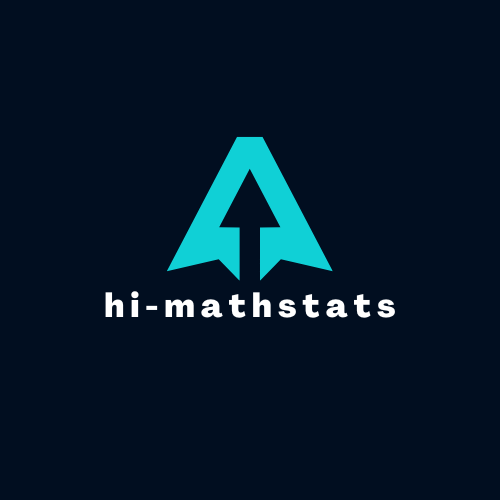Good. So far it seems doable.
Complete SAS Programming Course: Statistical Modelling
Beginners in SAS: DO Loops, IF-THEN/ELSE, IF-THEN/DO , Multicollinearity, Linearity, Normality Tests, Outlier detection

Lectures -48
Resources -4
Duration -2 hours

30-days Money-Back Guarantee
Get your team access to 10000+ top Tutorials Point courses anytime, anywhere.
Course Description
** New to SAS**
Do you want to learn how to use SAS programming from beginners to validating machine learning algorithms assumptions?
Are you starting your new SAS journey?
Are you looking to know how to well interpret SAS output?
If you are that person, then you are about to enroll in the best course to guide you!
Your Instructor has more than 3 years of SAS experience.
Why learn SAS?
SAS jobs!
Try to search for “SAS Jobs” online. Your search is sure to turn up many current job listings that require a variety of SAS expertise. Since SAS emerges as a key research data analysis tool, it is in demand in the market. Every company is looking for SAS resources.
SAS is fun!
It is fun learning SAS. It provides an easy way to access multiple applications. It relies on user-written scripts or “programs” that are processed when requested to know what to do. Because it is a script-based application, the key to being successful using SAS is learning the rules and tricks of writing scripts. It works with large data and generates graphs and reports.
Data Analysis
SAS is versatile and powerful enough for data analysis. SAS is flexible, with a variety of input and output formats. It has numerous procedures for descriptive, inferential, and forecasting types of statistical analyses. Because the SAS System is an integrated system with similar architecture shared by modules or products, once you master one module, you can easily transfer the knowledge to other modules.
By the end of this course you will be able to :
- Use numbered range list to name SAS variables
- Understand SAS libraries & how to access data in SAS using a library
- Import unstructured data into SAS
- Use SAS operators
- Use SAS IF statements
- IF - THEN/ELSE statements
- IF-THEN/DO statements
- Understand DO Loops
- Use DO WHEN & DO UNTIL statements
- Use missing() function to deal with missing values
- Use noduprecs & SORT procedure to remove duplicates
- Write a neat SAS syntax and be able to interpret the SAS output
- How to detect Multicollinearity or Collinearity Diagnostics
- Use Variance Inflation Factor (VIF) to detect multicollinearity
- Use Condition Index (Condition numbers) to detect Multicollinearity
- Perform and Interpret Shapiro Wikis Test Normality Test
- Validate Linearity Assumption
- Carry out Pearson Correlation Test and Interpret the results using p - values
- Carry out RESIDUAL DIAGNOSTICS test and Interpret the results
- Detect Outliers & Influential Observations
- Visualize and Interpret DFFITS & DFBETAS plots
Why wait when you can learn how to well write SAS programs from scratch?
Don't miss this opportunity for continuous learning.
Enroll to start your SAS journey today.
Goals
What will you learn in this course:
Use numbered range list to name SAS variables
Understand SAS libraries & how to access data in SAS using a library
Import unstructured data into SAS
Use SAS operators
Use SAS IF statements
IF - THEN/ELSE statements
IF-THEN/DO statements
Understand DO Loops
Use DO WHEN & DO UNTIL statements
Use the missing() function to deal with missing values
Use noduprecs & SORT procedure to remove duplicates
Write a neat sas syntax and be able to interpret the SAS output
How to detect Multicollinearity or Collinearity Diagnostics
Use Variance Inflation Factor (VIF) to detect multicollinearity
Use Condition Index (Condition numbers) to detect Multicollinearity
Perform and Interpret Shapiro Wikis Test Normality Test
Validate Linearity Assumption
Carry out Pearson Correlation Test and Interpret the results using p - values
Carry out RESIDUAL DIAGNOSTICS test and Interpret the results
Detect Outliers & Influential Observations
Interpret DFFITS & DFBETAS plots
Prerequisites
What are the prerequisites for this course?
- No prior SAS knowledge everything is covered
- Internet connection
- A SAS profile

Curriculum
Check out the detailed breakdown of what’s inside the course
Course Introduction
1 Lectures
-
Introduction to the Course 02:19 02:19
SAS Studio on SAS onDemand for Academics
1 Lectures

Understanding SAS Syntax
2 Lectures

SAS Variables
5 Lectures

SAS operators
4 Lectures

ACCESSING DATA IN SAS
7 Lectures

CONTROL OUTPUT OF VARIABLES
4 Lectures

DATA Manipulation
12 Lectures

Validating Model Assumptions
12 Lectures

Instructor Details

Nkosingimele Ngcobo
eCourse Certificate
Use your certificate to make a career change or to advance in your current career.

Our students work
with the Best


































Feedbacks
Related Video Courses
View MoreAnnual Membership
Become a valued member of Tutorials Point and enjoy unlimited access to our vast library of top-rated Video Courses
Subscribe now
Online Certifications
Master prominent technologies at full length and become a valued certified professional.
Explore Now


 Updated on Apr, 2024
Updated on Apr, 2024
 Language - English
Language - English